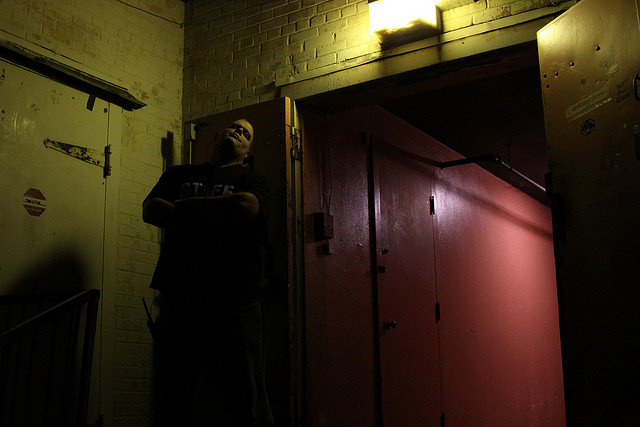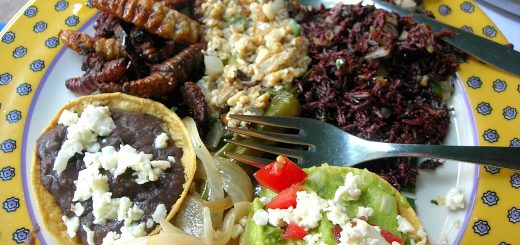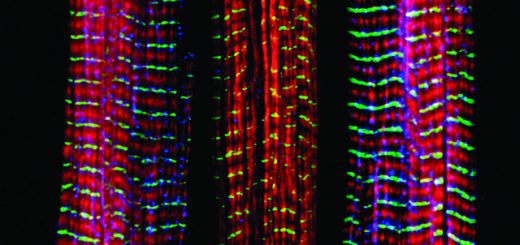The Righteous Drug Smugglers

Of all the challenges facing the pharmaceutical treatment of brain diseases, the most fundamental is also one of the most difficult: getting drugs into the brain. Our brain comes with its own bouncer, the blood-brain barrier (BBB), so if your miracle drug is wearing the wrong shoes, chances are it won’t be let in. In order to deal with this, researchers from the University of Copenhagen have now created a model to study exactly what kind of smooth talk will let scientists sneak drugs past security.
The BBB is made up of tight junctions between high-density cells. This means that the cells’ membranes join together to form a strong barrier and the only access is through the cells themselves. This path is much more restricted, and unwanted compounds will be thrown right back out again by proteins in the BBB. This mechanism is vital to our brain. Just as a bouncer will tell the tough-looking thug with a suspiciously bulgy overcoat to get lost, your BBB will make sure that most neurotoxins and bacterial infections get shown the door, and as a result, our brains don’t generally get infected.
As explained, however, this creates problems for the chemist looking to cure or relieve the symptoms of a brain disease. Medicine must be smuggled across the BBB, and this isn’t easy. An example is L-Dopa, which is used to temporarily treat motor symptoms of Parkinson’s disease. These motor symptoms are caused by a dopamine deficiency, but dopamine itself can’t cross the BBB and thus can’t be administered as a drug. L-Dopa, however, can. On the other side of the BBB, it will then be converted into the necessary dopamine, as it’s a dopamine precursor. While this seems like a great system, problems persist. Only 5-10% of the L-Dopa crosses the BBB, while the rest is converted to dopamine in other, unwanted places in the body, causing adverse side effects. This means that L-Dopa is normally given along with a series of other drugs to prevent unwanted conversion.
Thorough investigation of the BBB to find ways for future medicines to reach target areas is therefore important, and the researchers from the University of Copenhagen 1 are about to make those investigations much easier and more ethical. The Copenhagen scientists have succeeded in creating a BBB model using cultivated cells, so that the BBB can be studied without the use of live animal models, which is currently the norm. Their tests show that their model behaves like the real BBB, and they’re optimistic that they’ll soon be able to use the model to find ways of smuggling in beneficial drugs. Perhaps dress shoes instead of trainers?
Edited by Debbie Nicol
References
- Article here.










